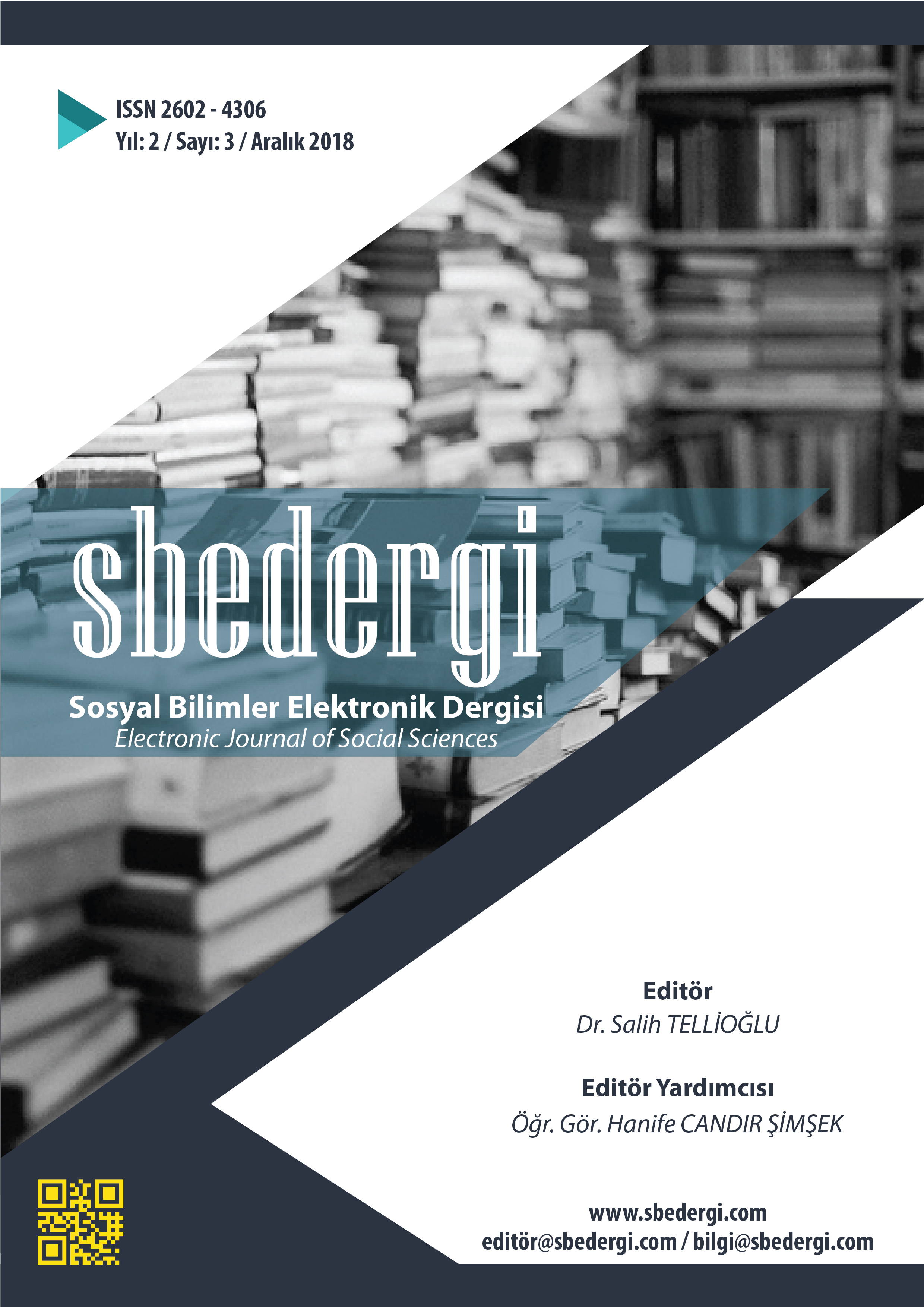Author :
Abstract
Türkiye Cumhuriyeti’nin 1923 yılında kurulmasıyla birlikte ülkede her alanda hızlı bir gelişme görülür. Ülkeyi kalkındırmayı, olmayanı inşa etmeyi hedefleyen genç cumhuriyet, sanat alanına da kayıtsız kalmaz. 1883 yılında Osmanlı İmparatorluğu döneminde eğitime başlayan Sanayi-i Nefise Mektebi 1928 yılından itibaren yoluna Güzel Sanatlar Akademisi adıyla devam eder. Eğitim, Cumhuriyet’in ilk yıllarında ülkede yetişmiş az sayıdaki heykelci ile sürdürülürken 1937 yılında Rudolf Belling’in Güzel Sanatlar Akademisi’nde göreve getirilmesiyle birlikte yeni bir yola girer. Dolayısıyla bu çalışma, 1883-1937 yılları arasında kalan Cumhuriyet öncesi ve Cumhuriyet’in ilk yıllarına denk gelen süreci ele alır. Mercek altına alınan dönemdeki kimi sanatçılar, alanlarında kıymetli oldukları gibi aynı zamanda eğitimci kimlikleriyle de son derece önemli sanatçıların yetişmesine katkı sağlamışlardır. Çalışma, söz konusu dönemde yetişmiş ilk heykelcilere ve Türk heykel sanatının oluşum sürecindeki ilk örneklere odaklanırken, öne çıkan çalışmaları da bir araya getirmektedir. Metinde, Sanayi-i Nefise Mektebi’nin ilk öğrencisi İhsan Özsoy’dan, pek çok önemli ismi yetiştiren Ali Hadi Bara’ya, ilk kadın heykeltıraş Sabiha Bengütaş’tan, ilk Atatürk büstünü yapan Kenan Yontuç’a değin döneme katkı sağlamış isimler konu edilmiştir.
Keywords
Abstract
After the foundation of the Turkish Republic in 1923, a rapid improvement in all of the fields was seen in the country . Aiming to develop the country and create all out of nothing, the young Republic couldn’t ignore the field of art. Mekteb Sanayi-i Nefise, which began education in 1883 during the Ottoman Empire period, has continued its duty as The Academy of Fine Arts since 1928. Having carried out by few sculptors raised in the country throughout the early years of the Republic, the education verged to a new path in 1937 when Rudolph Belling was appointed to the Academy of Fine Arts. Therefore, this study examines the period between 1883 and 1937 which coincides with the pre-Republic period and early years of the Republic. Thanks to their educationist approach, those remarkable artists of the examined era have also contributed to the training offurther extremely important artists. While focusing on the first sculptors raised within the mentioned period and the initial examples of the formation process of the Turkish art of sculpting, the study further pools the outstanding artworks. Names who contributed to the period are mentioned throughout the paper, ranging from İhsan Özsoy, the first student of Mekteb Sanayi-i Nefise, to Ali Hadi Bara who trained many important artists, and from Sabiha Bengütaş, the first woman sculptor, to Kenan Yontuç, who sculpted the first bust of Atatürk.
Keywords
- GEZER Hüseyin (1973), “Cumhuriyet Dönemi Türk Heykeli”, Türkiye İş Bankası Kültür Yayınları.
- BERK N., GEZER H., Cumhuriyetin Ellinci Yılı Dizisi 2, Türkiye İş Bankası Kültür Yayınları, 1.Basım, 1973
- TANSUĞ Sezer, Çağdaş Türk Sanatı, Remzi Kitabevi, 5.Basım, 1999
- https://www.flickr.com/photos/saltonline/14666220381/ Son Erişim: 12.04.2018
- Son Erişim:12.04.2018
- http://mimoza.marmara.edu.tr/~avni/ERZiNCAN/heykel/ Son Erişim: 12.04.2018
- http://arsiv.ntv.com.tr/news/220.asp Son Erişim: 12.04.2018





